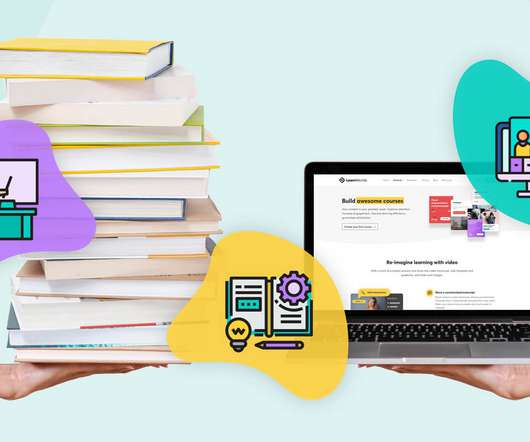Blended Learning: What It Is, Why It Matters & How to Apply
learnWorlds
FEBRUARY 3, 2021
A formal definition of blended learning that was introduced by Garrison and Kanuka (2004), explains that: Blended learning is ‘the thoughtful integration of classroom face-to-face learning experiences with online learning experiences’. How Can You Offer Blended Learning? Ready to dive in? What is Blended Learning in the Classroom?




















Let's personalize your content